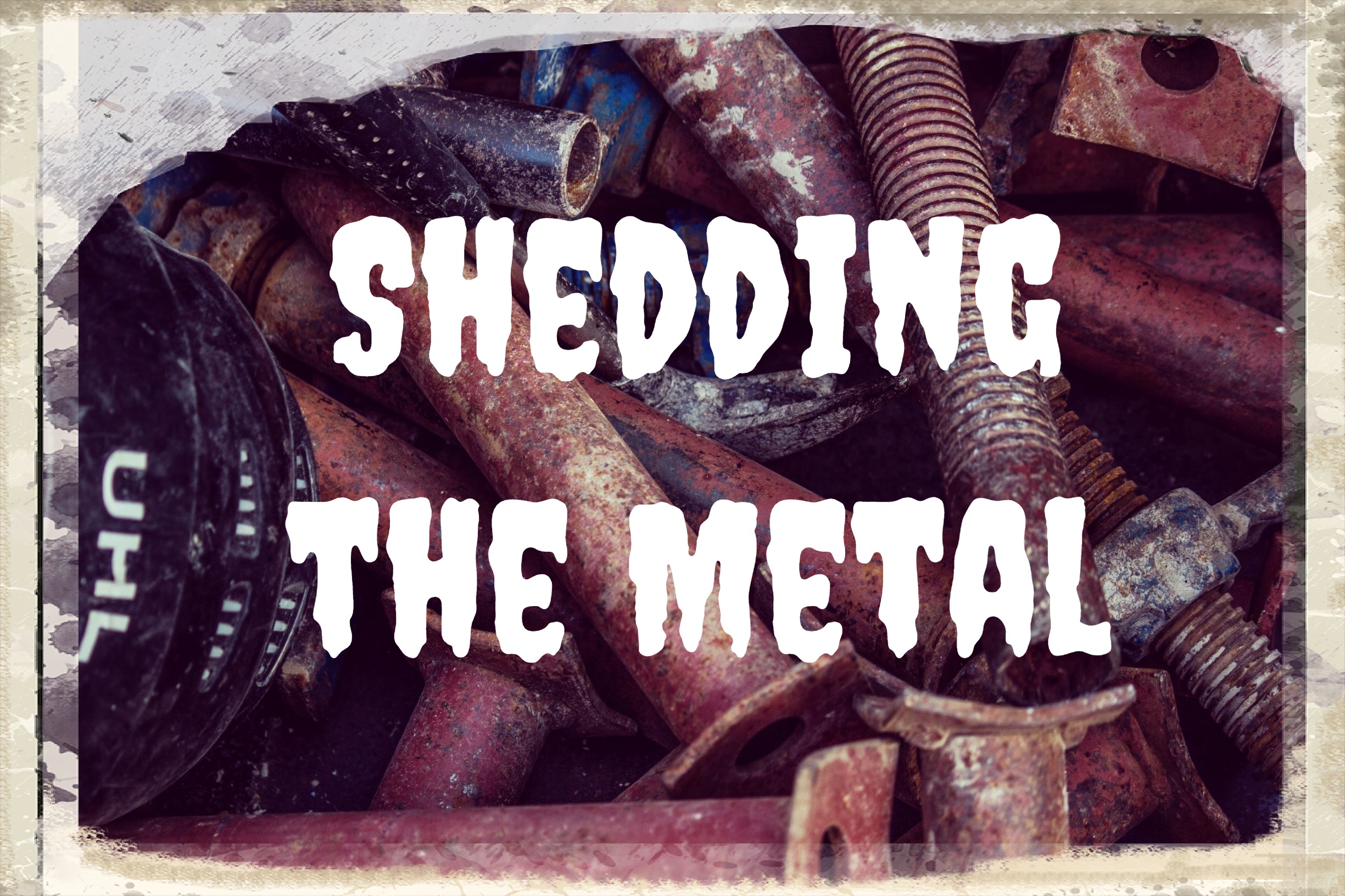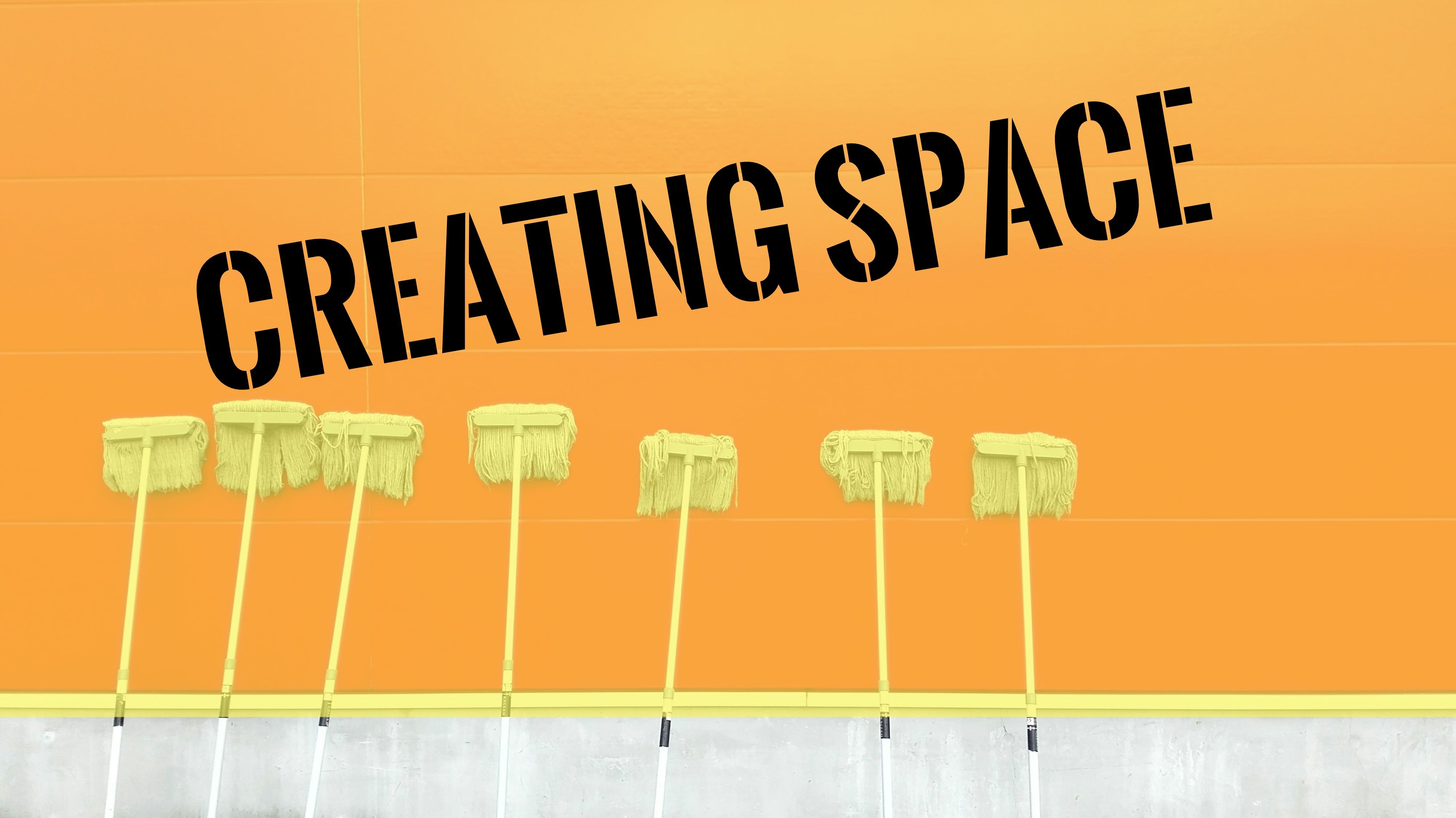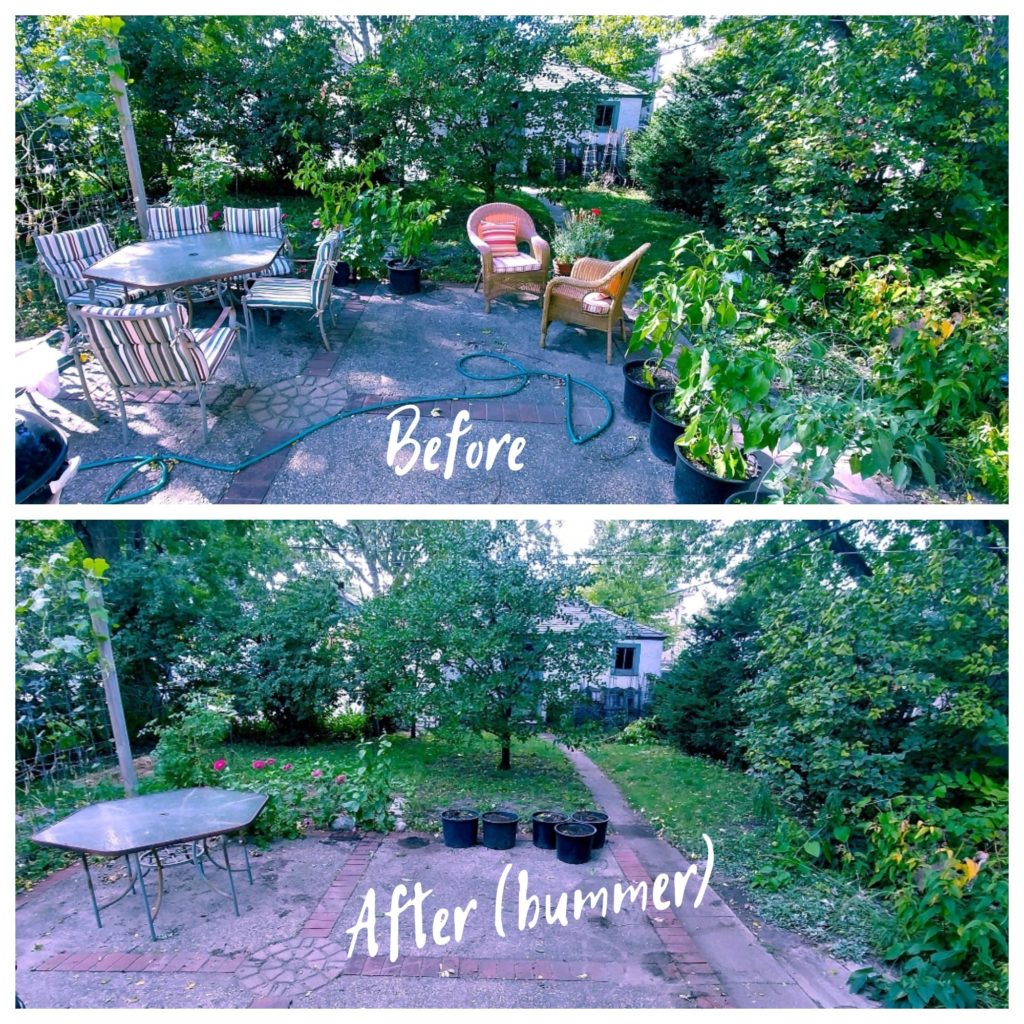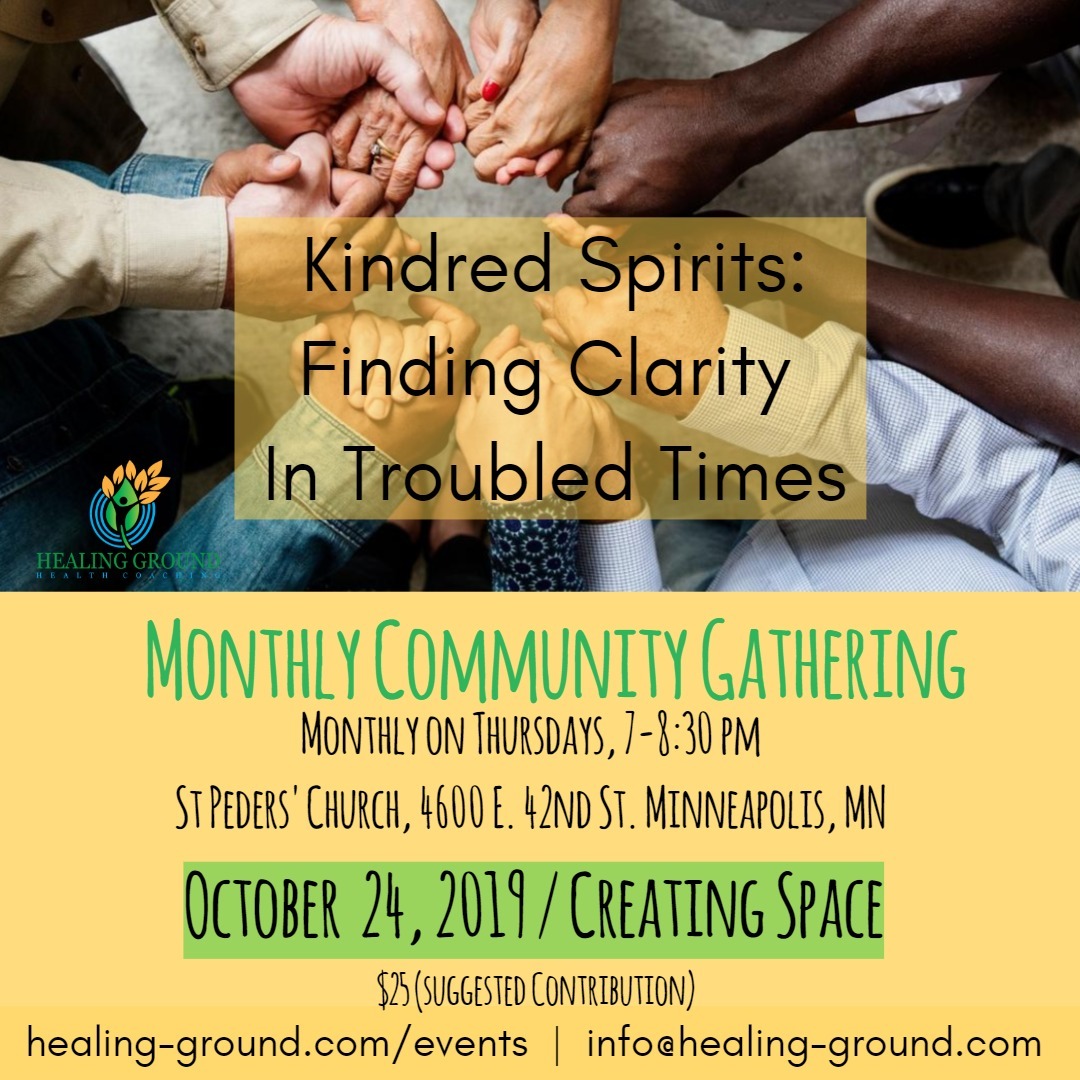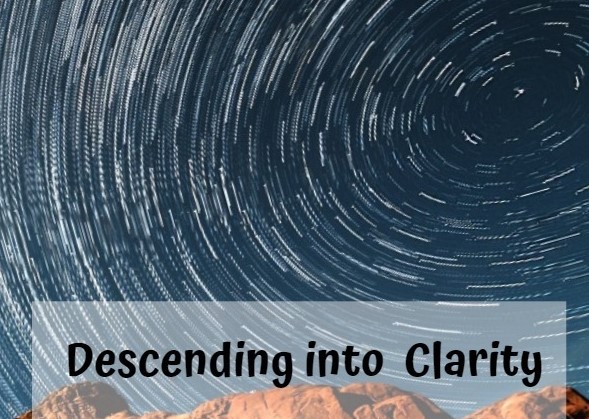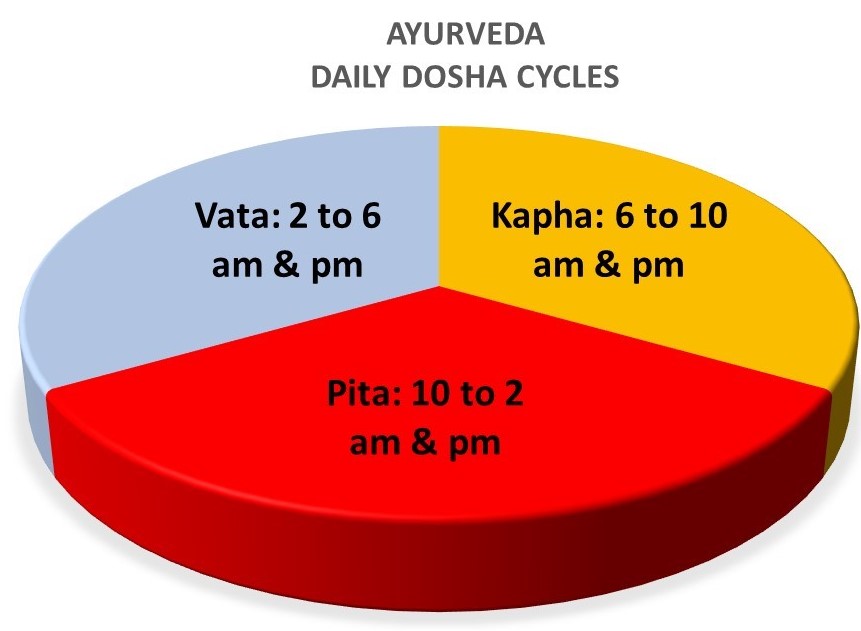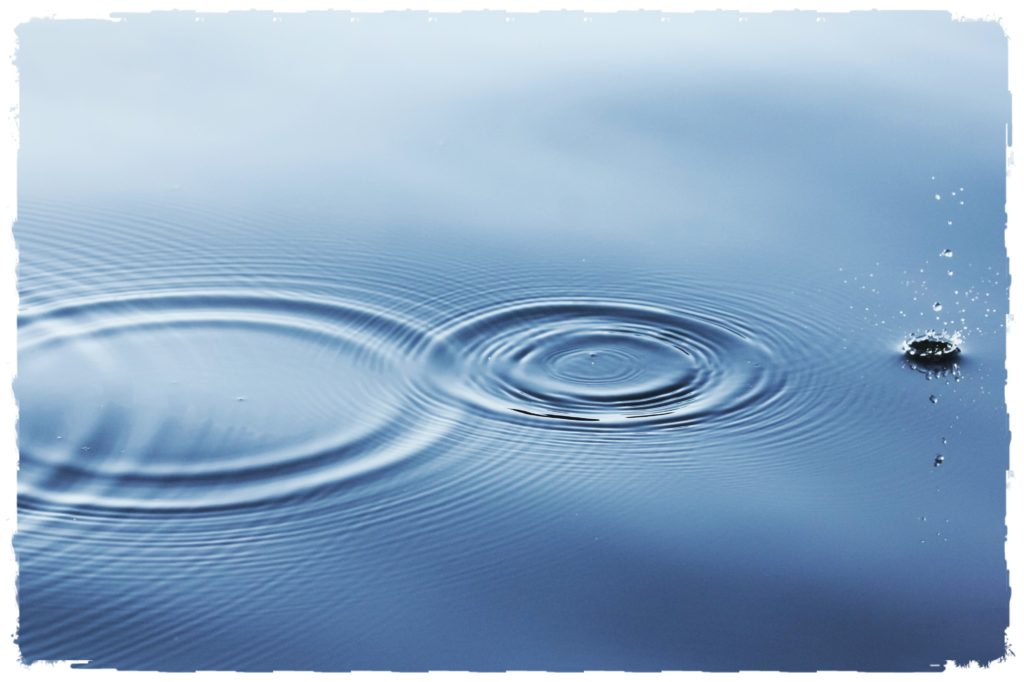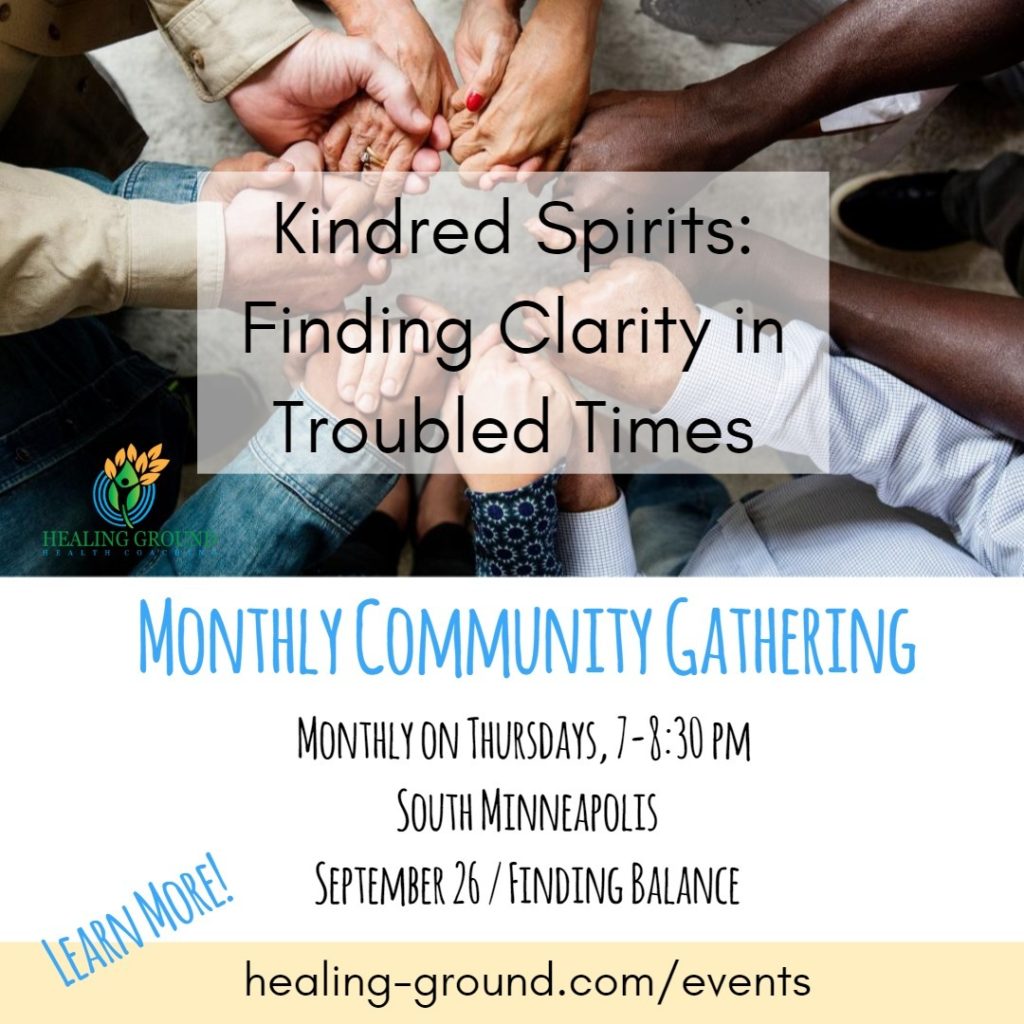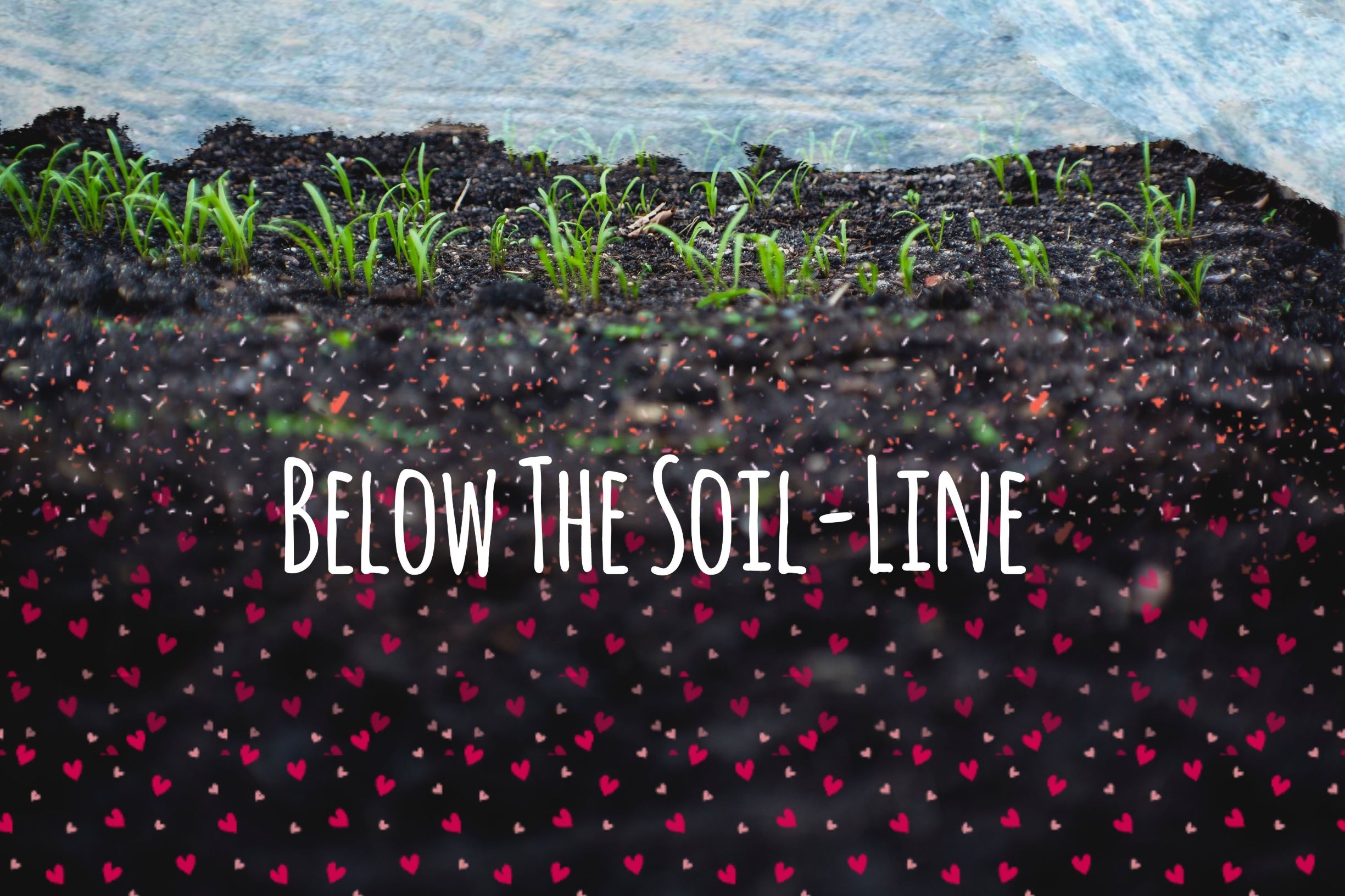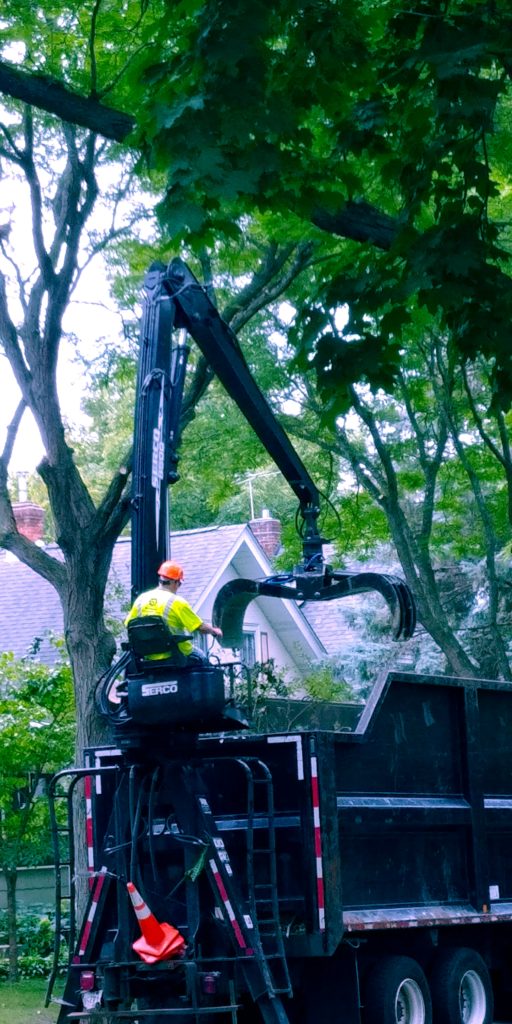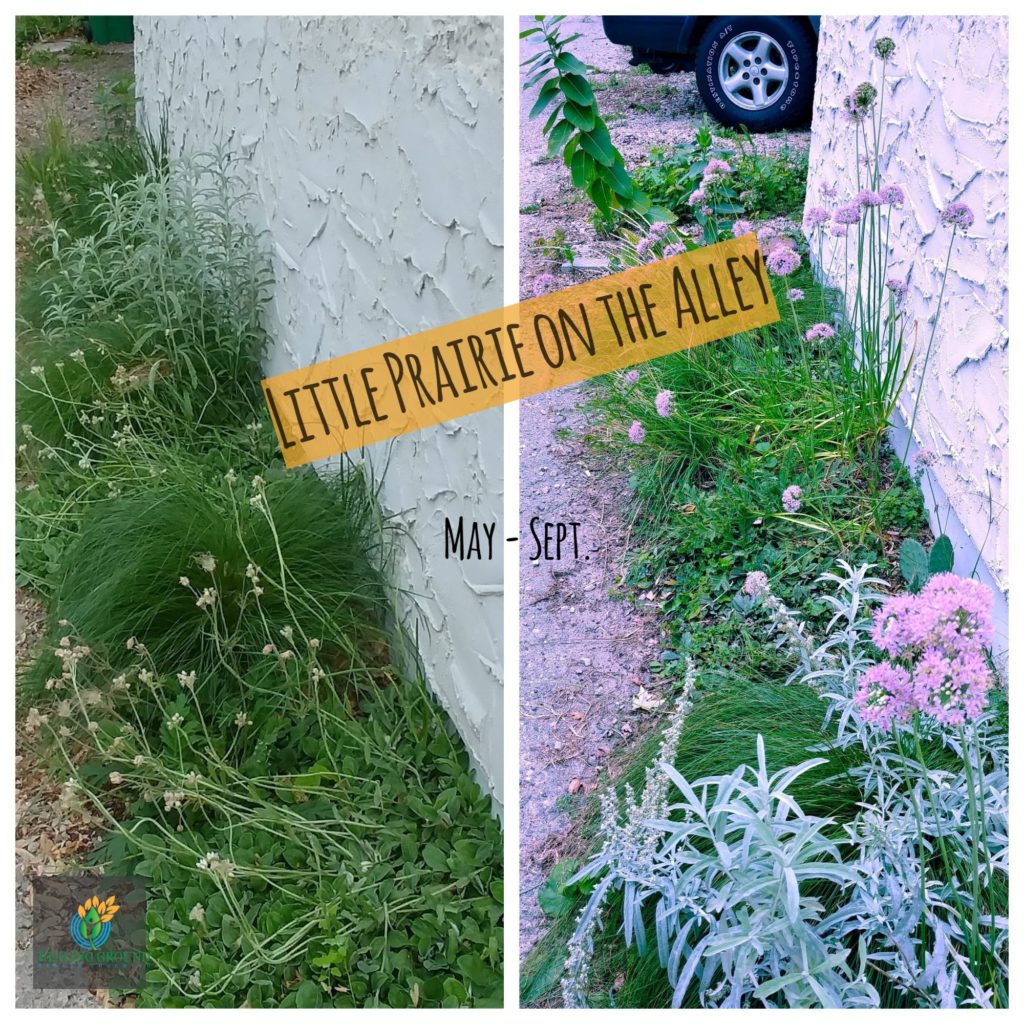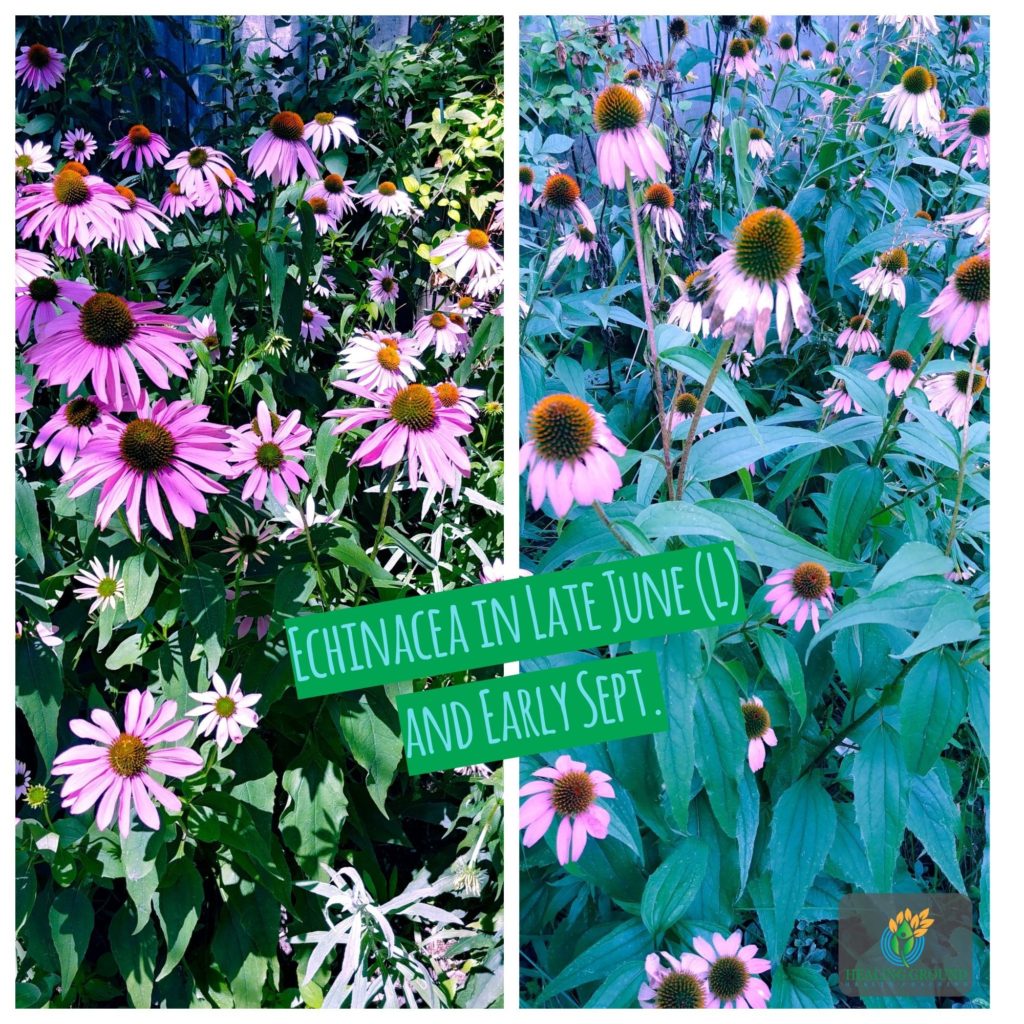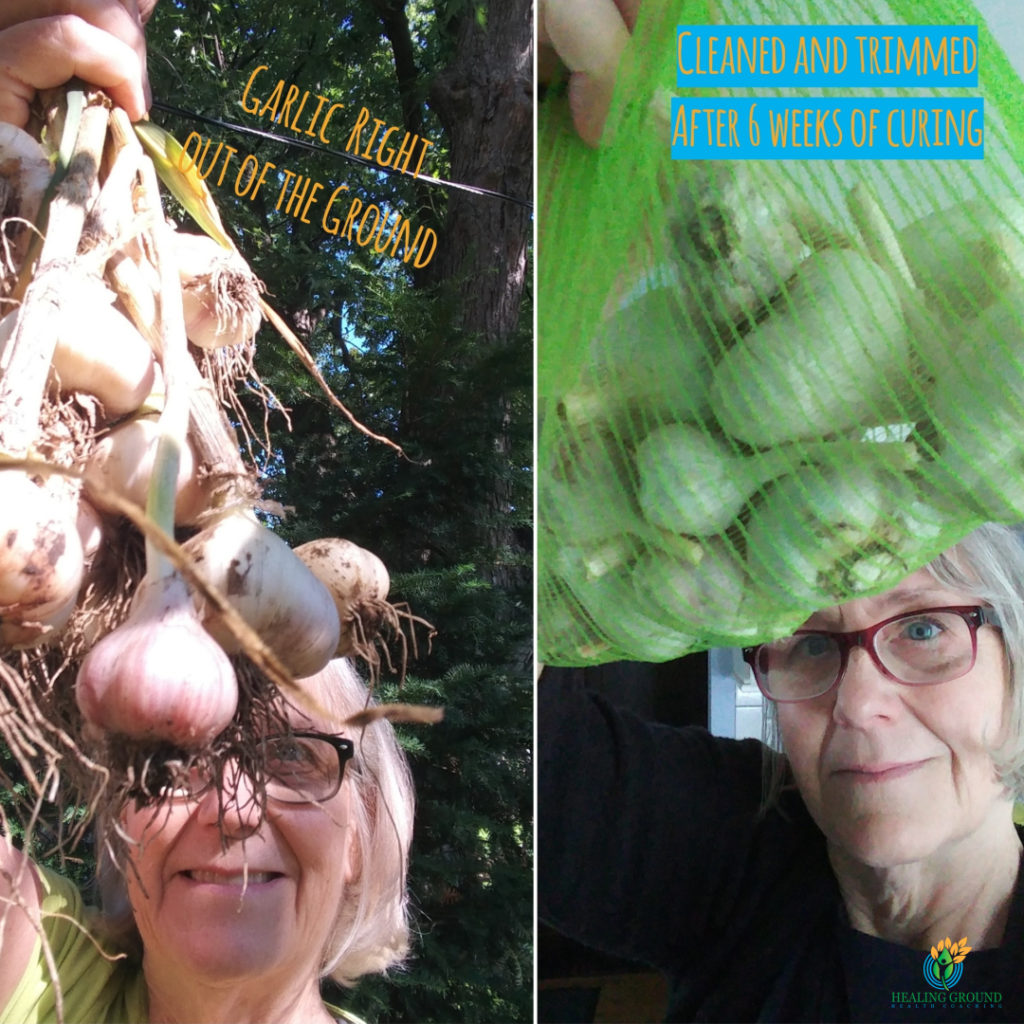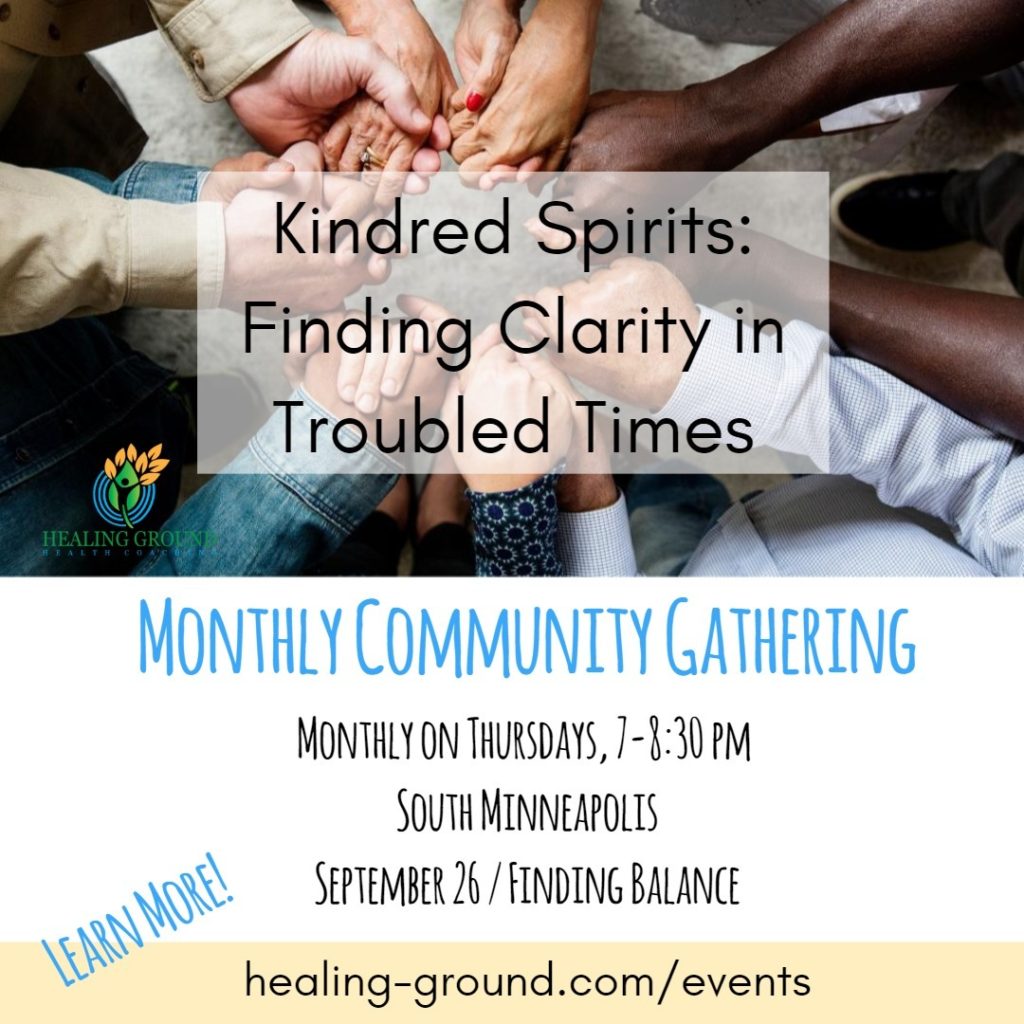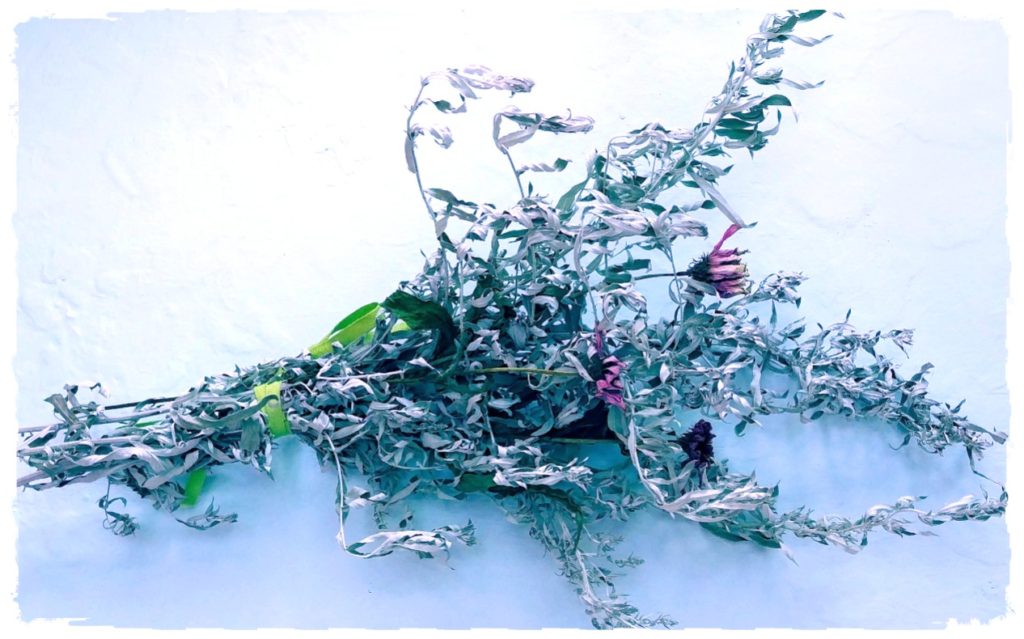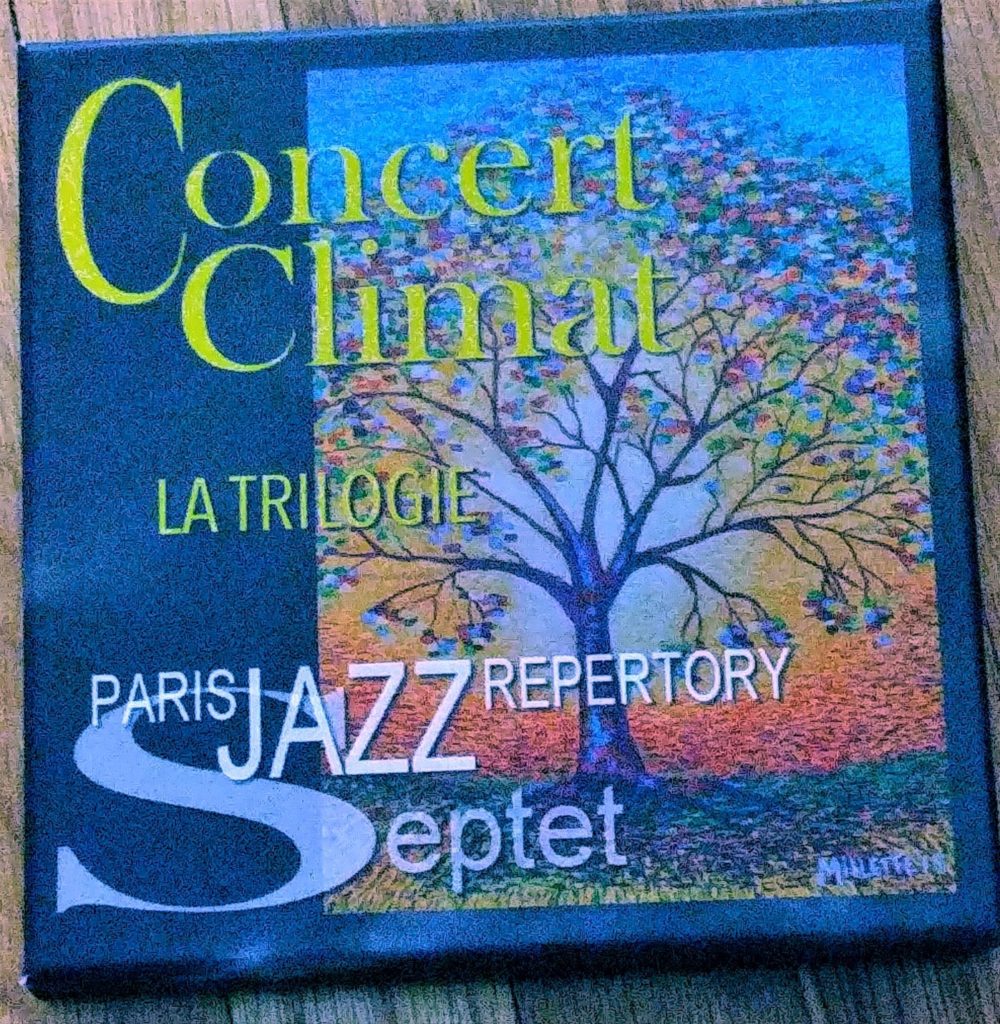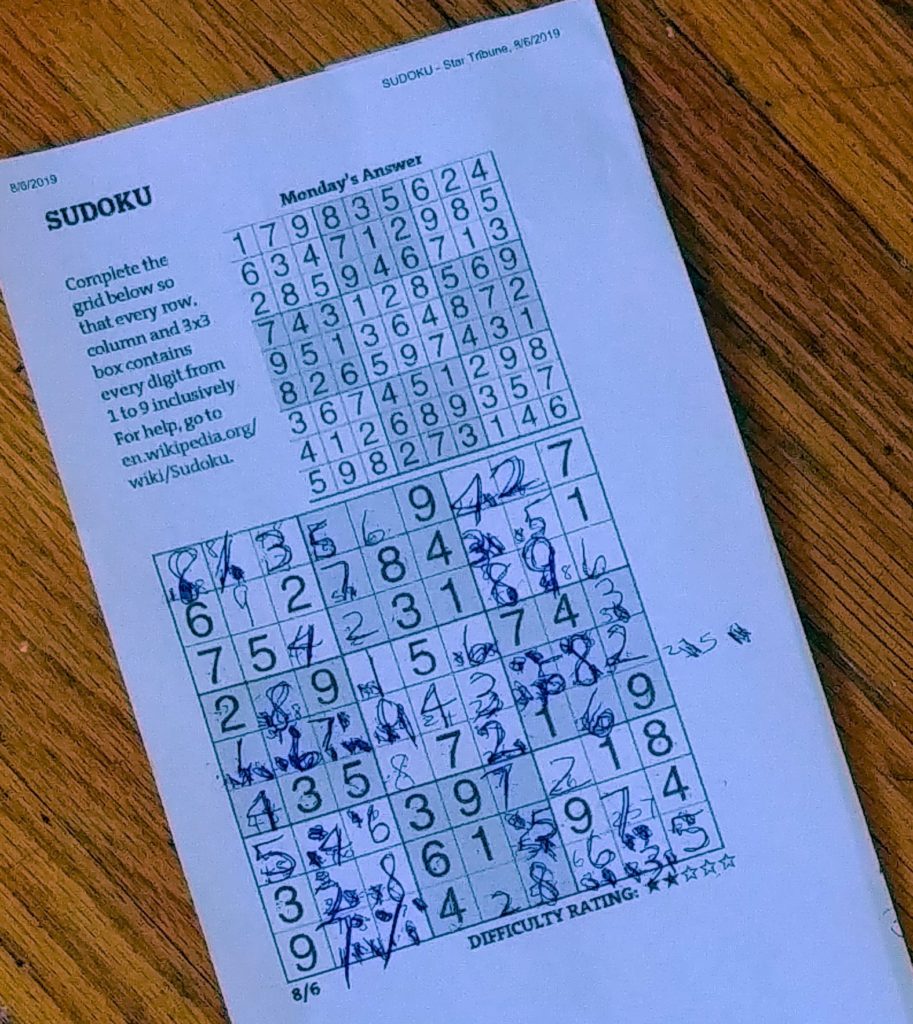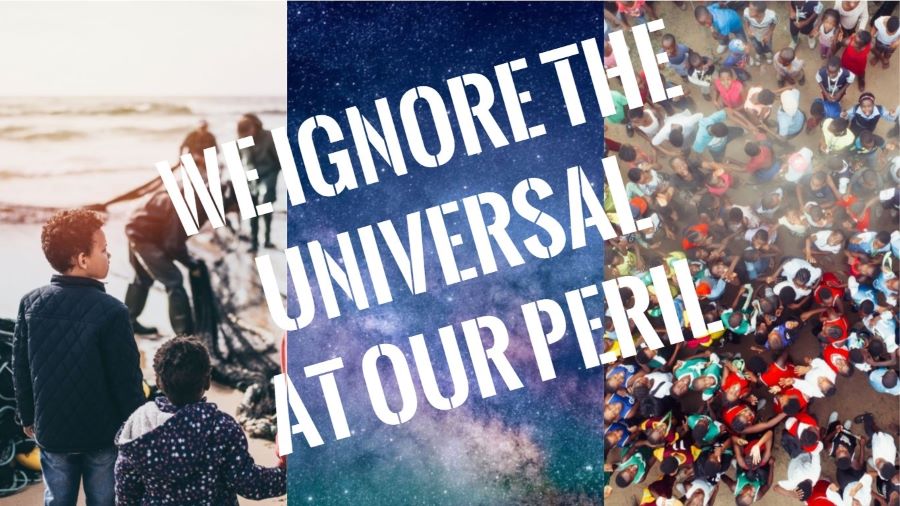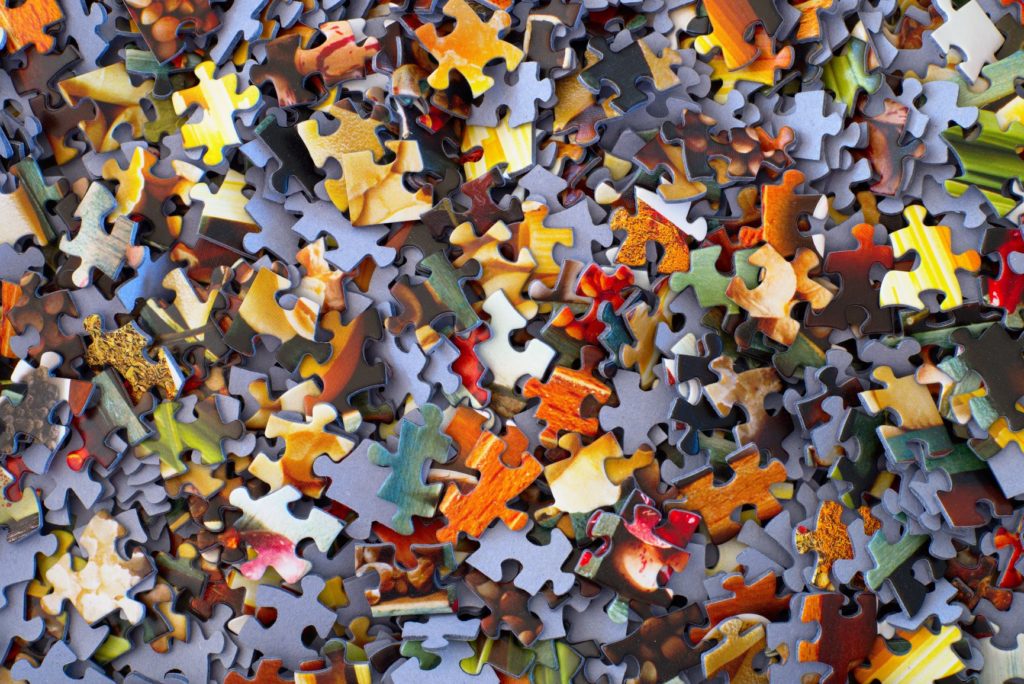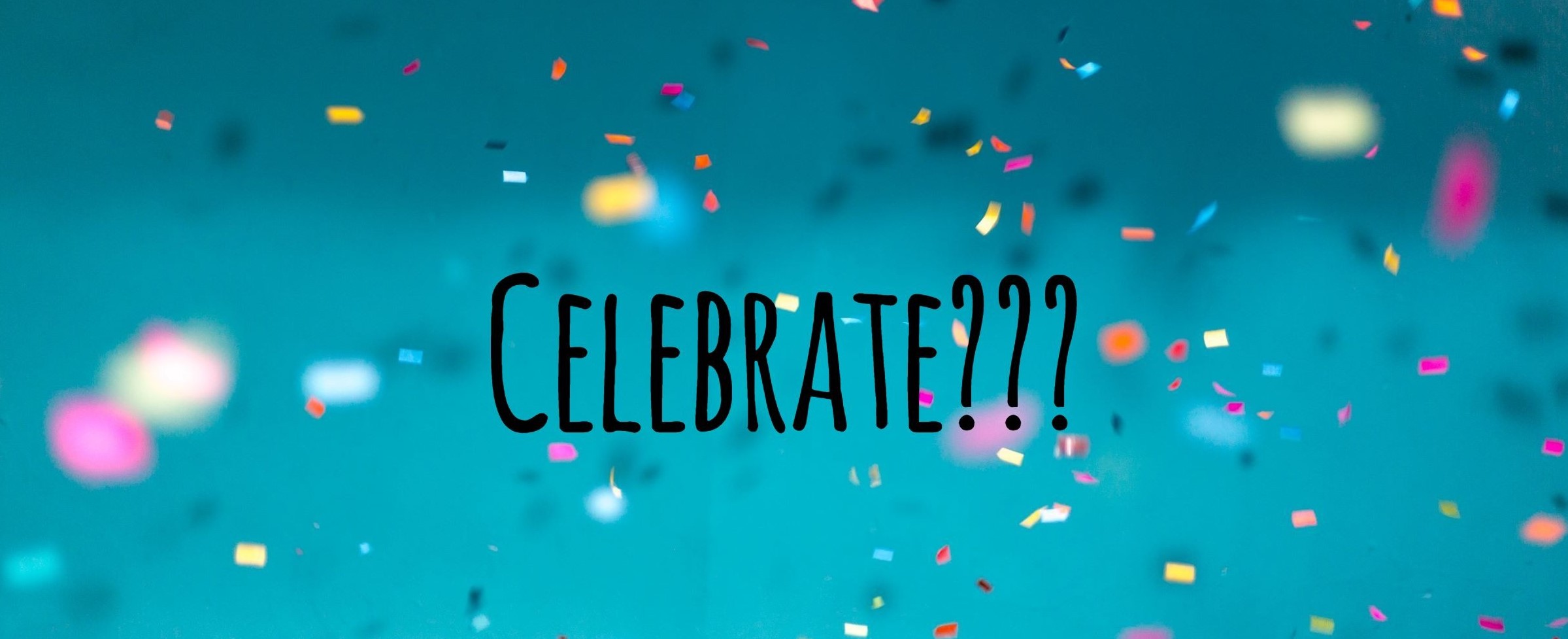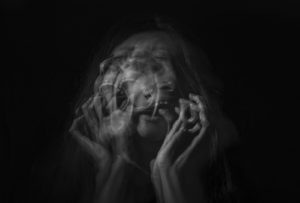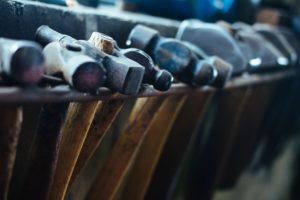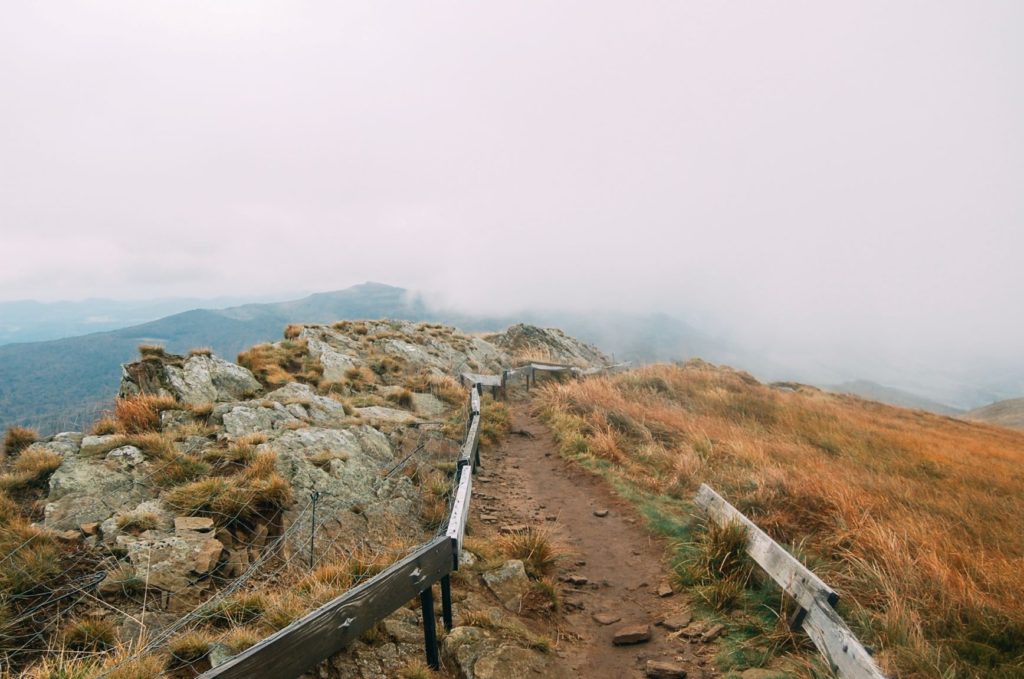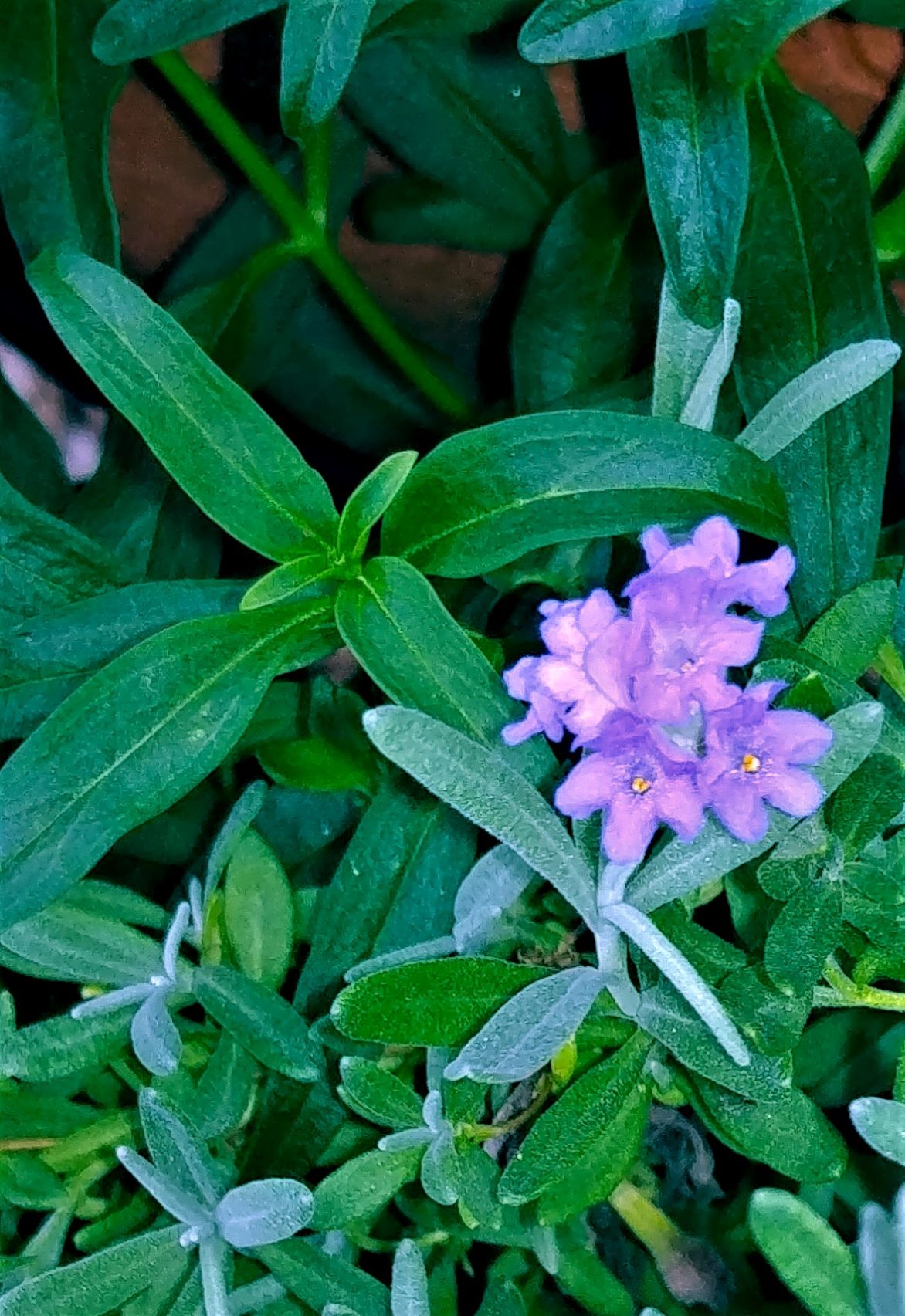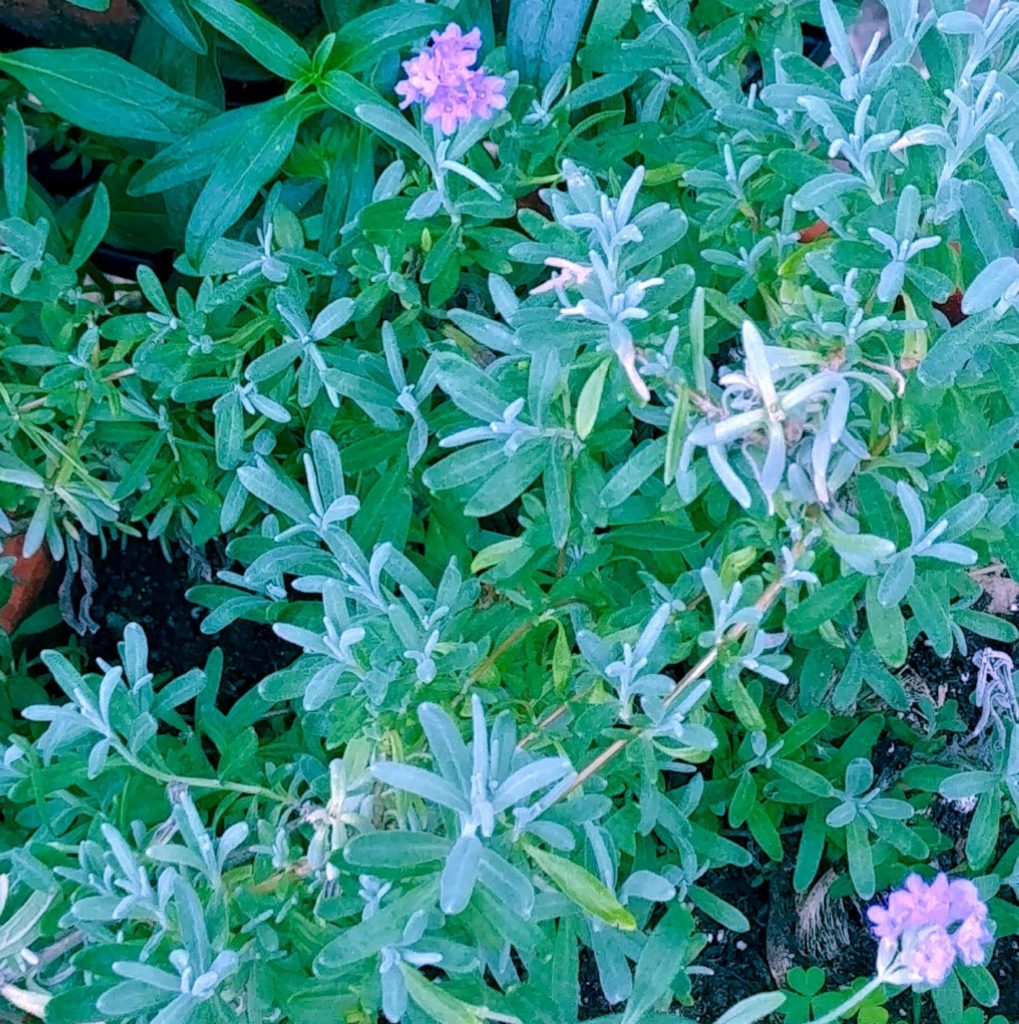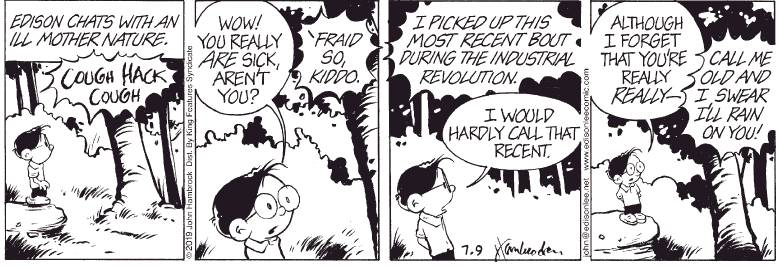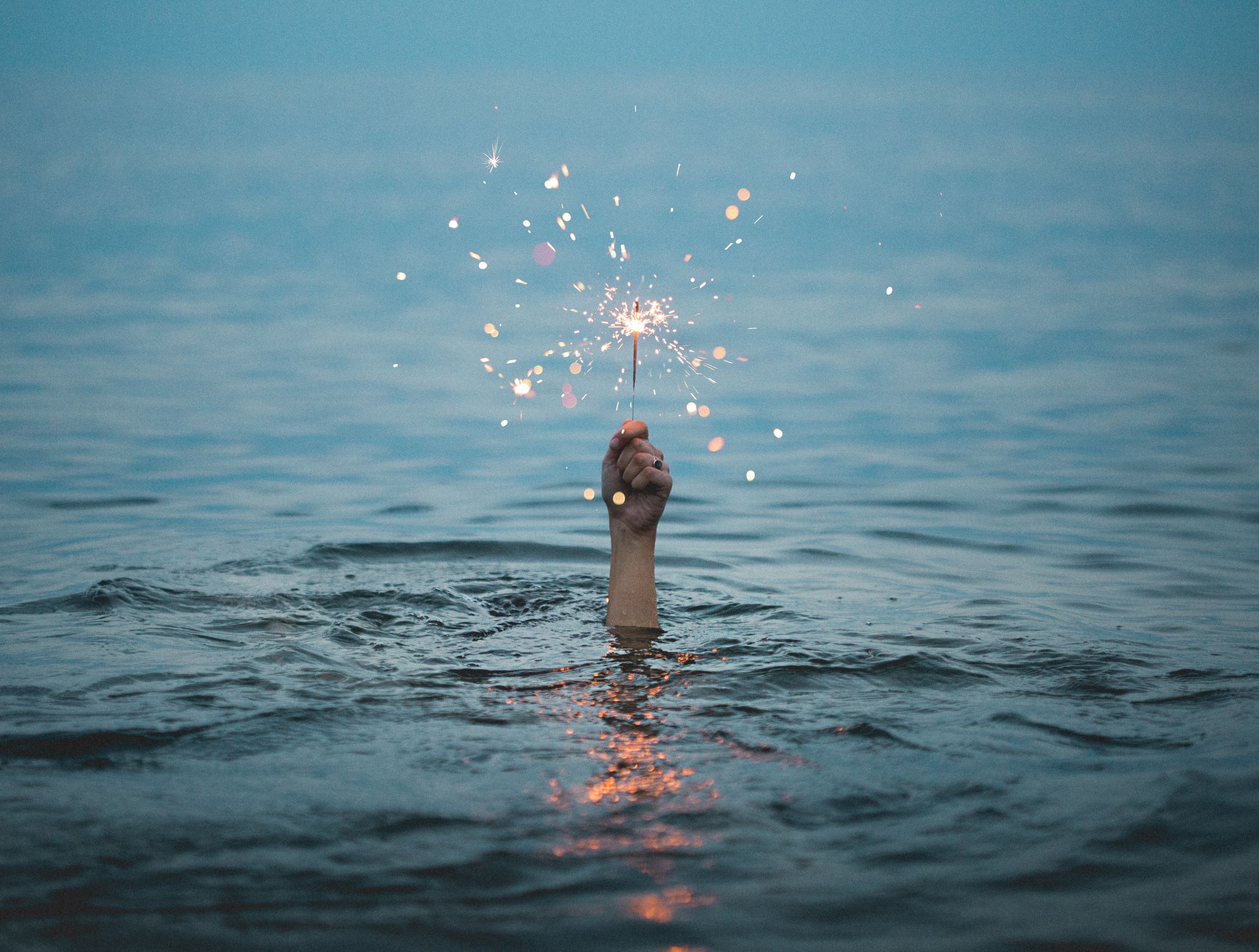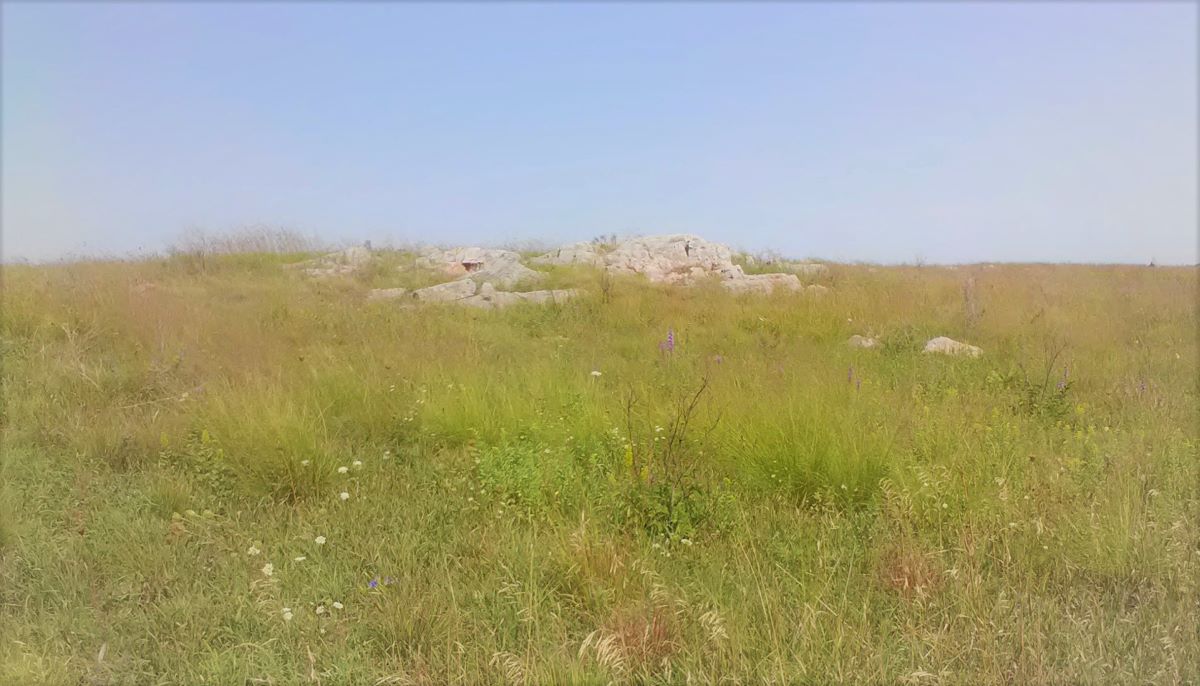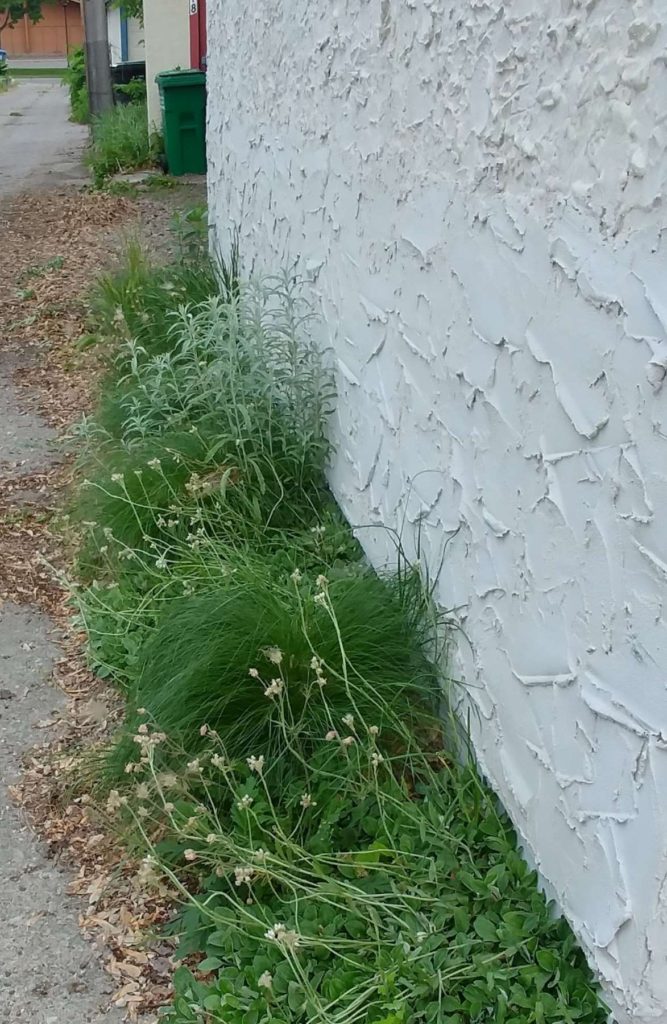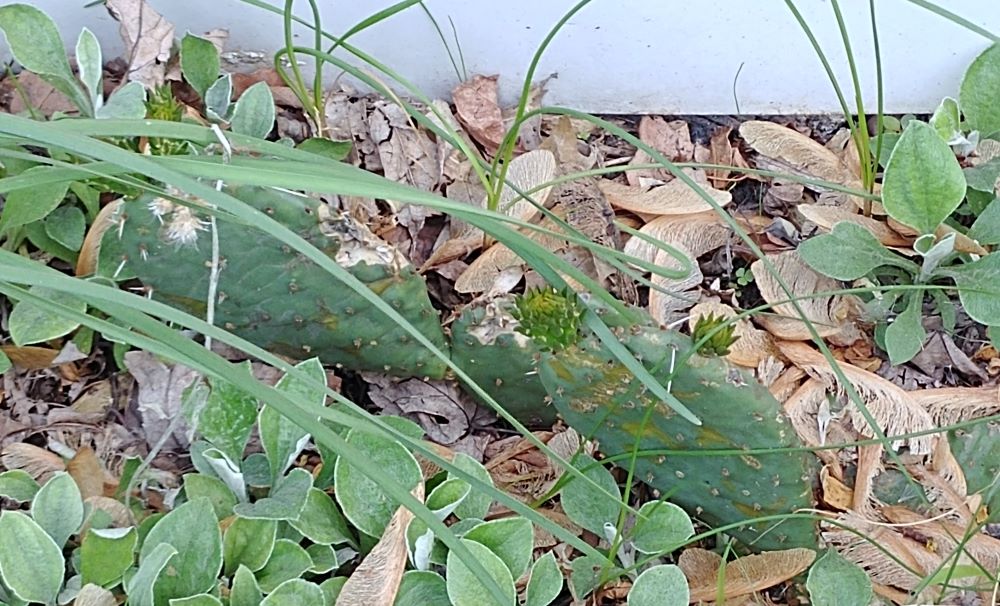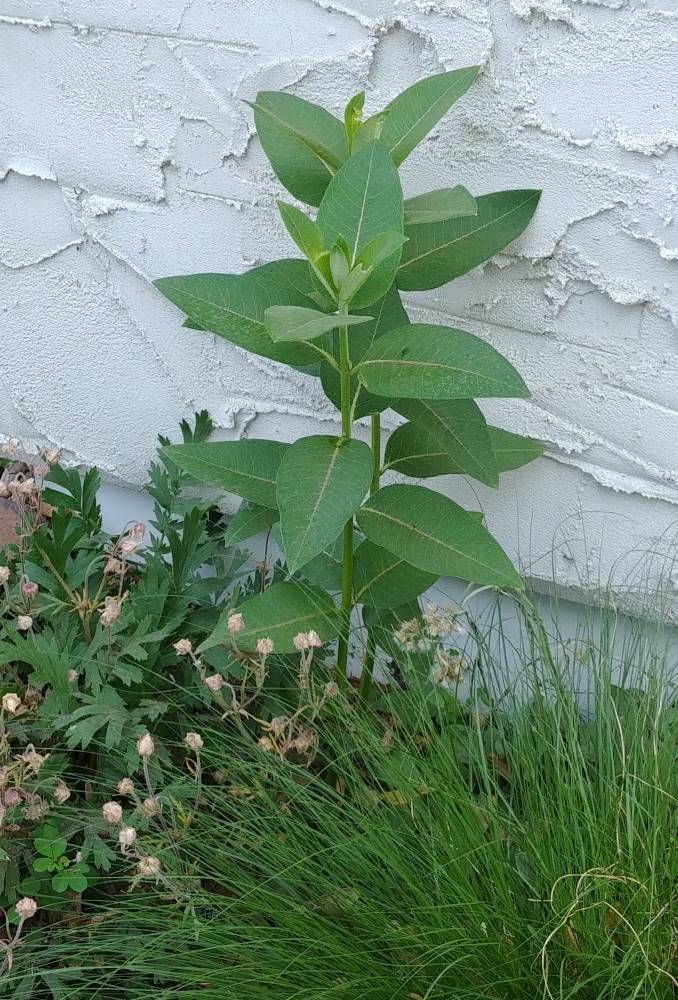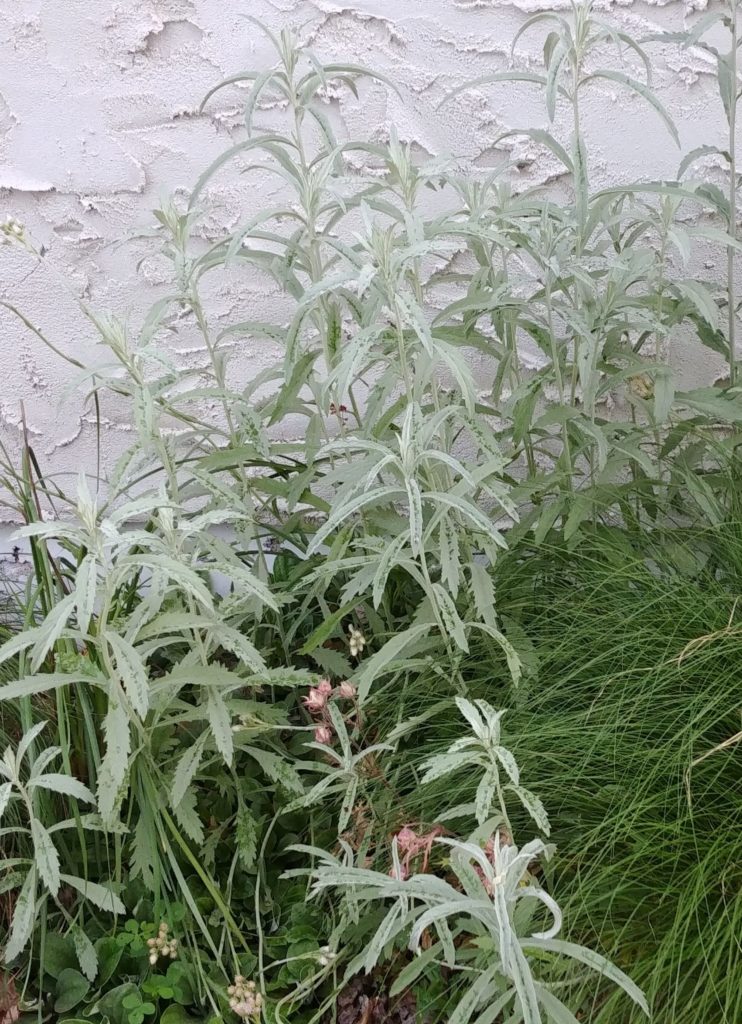I’m on day fourteen of a fourteen day heavy metals detoxification dietary cleanse. After this phase of my cleansing ritual I will shift into an Ayurvedic-style digestive cleanse—a Kitchari cleanse. More about that later.
I know many folks out in internet-land are curious about and/or interested in dietary cleanses. Many have, like me, experimented with different approaches to cleansing while others view cleansing as a crazy woo-woo ritual that they would never engage in but about which they have many opinions. Since there is interest in this subject, I thought I’d use my platform to describe and explore my approach to cleansing and to document my experience, with cleansing this time around. Please use the comment area (at the bottom of the page) to ask questions or comment.
The regimen
My cleanse regimen this fall consists of two weeks of heavy metal cleansing and one week of a “digestive” Ayurvedic cleanse. I’ve already written about why I detox in the fall and spring and I can’t stress enough the importance of this seasonal approach. My suggestion is that if you are tempted to start a cleanse in the middle of winter or summer, JUST SAY NO. Detoxing then is totally out of sync with the natural processes and has the potential of doing more harm than good. My first wayward experiment, explained in my last post, is a good example of problems with this approach.
The heavy metal cleanse I follow is a simple do-at-home detoxification routine. I learned about it in the book Radical Healing by Rudolph Ballentine. He is the guy (now a Swami, apparently) who wrote the seminal book on holistic nutrition, Diet and Nutrition back in the 80s. That book is still, in my humble opinion, one of the best nutrition books out there. Rudy was way ahead of his time with that book. Anyhow, this cleanse is for detoxing the day-to-day level of metals we are exposed to. It is not intended for more serious cases of heavy metal poisoning.

This is the book from which I got this cleanse. Despite it’s overwhelming size it is a very handy reference book for those interested in integrative health and healing. 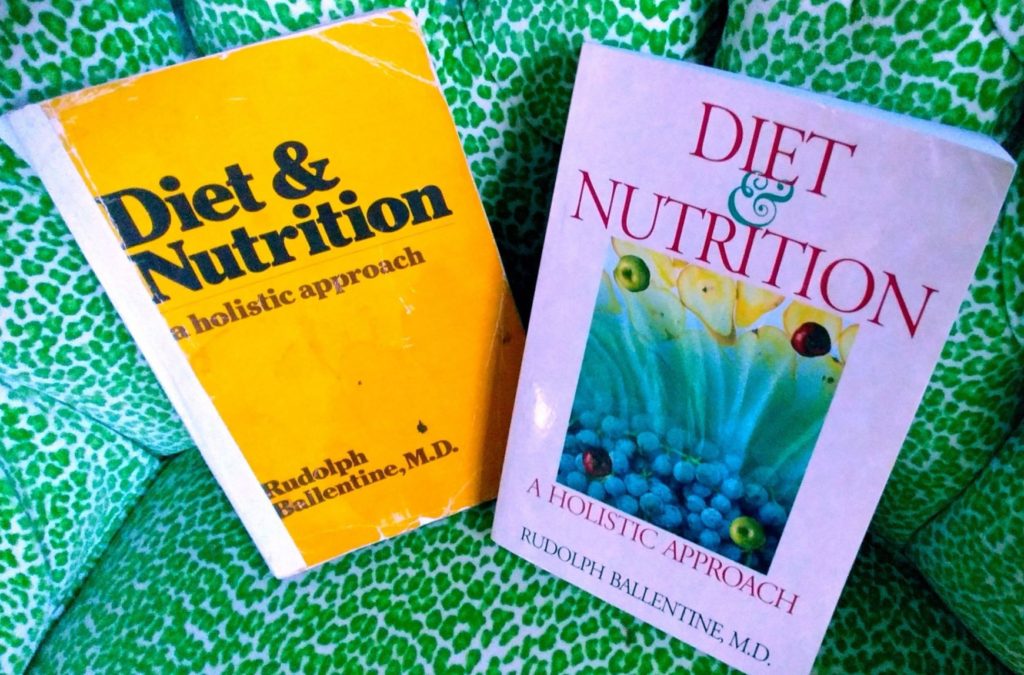
This is a book by the same author. If you read one nutrition book in your life, I recommend you read this one. I inherited the original one on the left from my mother and I don’t really know why I bought a second copy. Maybe I figured it was so good I needed two. I refer to this book over and over.
The (relatively) easy part
This heavy metal detox involves maintaining a relatively clean diet and adding a quarter of a cup (packed) of cilantro to a meal each day for two weeks. The cilantro can be chopped or not (although you do need to chew it), mixed with a salad, or soup, or smoothie or, if you are into it, can be just eaten plain. I think the cilantro should be eaten all at once, not spread over the day to do its job properly but I’m not sure if that is necessary. That’s the easy part.

The not-so-easy part
Now the less-easy part. Twice a day for the entire two weeks consume one tablespoon of bentonite clay suspended into a glass of water, followed by a glass of plain water. I buy my clay at the Seward Coop in Minneapolis and you can purchase it online or probably find it at any number of natural foods stores.
How its supposed to work
Here’s the logic behind this regimen. Cilantro is a chelator of heavy metals so when we eat the cilantro, heavy metals are drawn out of our cells, which is good. But if we don’t drink the clay solution, the metals hang around in our system and are not fully excreted. Drinking the solution manages the necessary excretion of these toxins. The clay does a good job of cleaning up the metal mess and is a good detoxifier in and of itself.
The additional glass of water is important. It helps to disperse the clay. Essentially, the cleanse combines several stages into one (often other more complex cleanses do the chelating and elimination processes in several stages). The benefit of this approach is that it is simple and easy.
What it feels like
When undergoing a cleanse, how I feel varies from day to day. Some days I feel very good and others I feel crummy. That’s pretty normal when detoxing metals. The process of removing toxins takes a toll on our bodies but I imagine the burden of living with heavy metals, clinking around in my cells, puts a much larger strain on our bodies, particularly on the nervous system.
Day one of my cleanse was Friday, October 4. On Monday October 7 I awoke feeling super great. My joints felt looser and my mood was high. By that early evening I felt horrible. I was head achy, joint achy, and totally fatigued—exhausted. I knew the detox was kicking in. By the next morning I felt fine. I guess the toxins were being extracted and flushed.
The following Wednesday afternoon I picked up a cold. Often experts suggest you stop a cleanse if you get sick. However, I don’t think that would have been a good idea for me at this point. Detoxing heavy metals is a process that I think needs to play itself out. Stopping early could leave me feeling crappy since my body has released toxins into my system but not yet had a chance to fully flush them out. Since the cleanse didn’t limit my diet I felt I was getting the proper nutrients to manage a cold. I decided to continue. And now, I’m glad I did. I am still dealing with the detritus of the cold but I’m none the worse for wear.
This past Monday I started the day feeling crummy with headaches and joint aches again but by the end of the day felt fine. This leads me to wonder if the detox and flushing might happen in cycles.
Wednesday I was pretty tired early in the day but felt better by mid-day. I can’t tell if the fatigue was a result of the cleanse or the cold.
Things I’ve noticed this time around
- If I prepare my clay concoction well in advance of drinking it, it is much easier to get down. Preparing it several hours in advance using hot water and leaving it sit allows many of the creepy lumps to dissolve, or at least become slimy rather that powdery. Believe it or not, after a day or two the clay just becomes a habit
- I’ve added cilantro to a variety of foods: homemade chili was a great option, roasted root vegetables tossed with the cilantro was very tasty, I added the cilantro to a burrito, prepared a baked sweet potato with olive oil and cilantro, and prepared a fried ginger, onions, hot peppers, sesame, cilantro, and millet bowl (super tasty). I don’t drink smoothies (I think eating real solid food is a better idea for me) so I can’t attest to how cilantro would taste in one but I imagine it would be fine. In the past I’ve added it to salads and liked it. Often the taste of cilantro can be enhanced if you add lime to it.
- Earlier in the cleanse, in week one, I noticed my teeth subtly hurt a little. It was sort of a rhythmic pulling, achy feeling, especially in my front teeth. It was something I’d never felt before. It went away eventually but occasionally I feel it again.
- My appetite has decreased significantly. I noticed this by day two. I don’t crave sugar (which is good) and my appetite seems pretty stable. I recall this happening in past cleanses.
- My joints have gone from feeling super good to very achy at times and back to super good.
- Doing this cleanse is much easier now that I’m not going to an outside workplace every day (I KNOW the digestive cleanse will be way easier now). It really helps to have the time to pay attention to how I’m feeling as I’m doing this.
- My sleep quality and quantity has varied but I think that is partially due to the cold. At this point my sleep seems ok but erratic, despite paying attention to sleep hygiene.
I’m considering adding one new step to this cleanse. Today is the last day of this cleanse but I think I’ll continue the clay into tomorrow. Having an extra day of flushing out the toxins seems like a good idea to me.
Next up…
Next time I write, I’ll introduce you to the Ayurvedic Kitchari Digestive Cleanse. It’s more than just a dietary cleanse. It’s designed to cleanse your entire “self”—mind body and spirit. I need to do some preparation for the Kitchari cleanse and have been buoyed by the arrival of two packages of Ayurvedic supplies. I’ll fill you in more on that next time.
